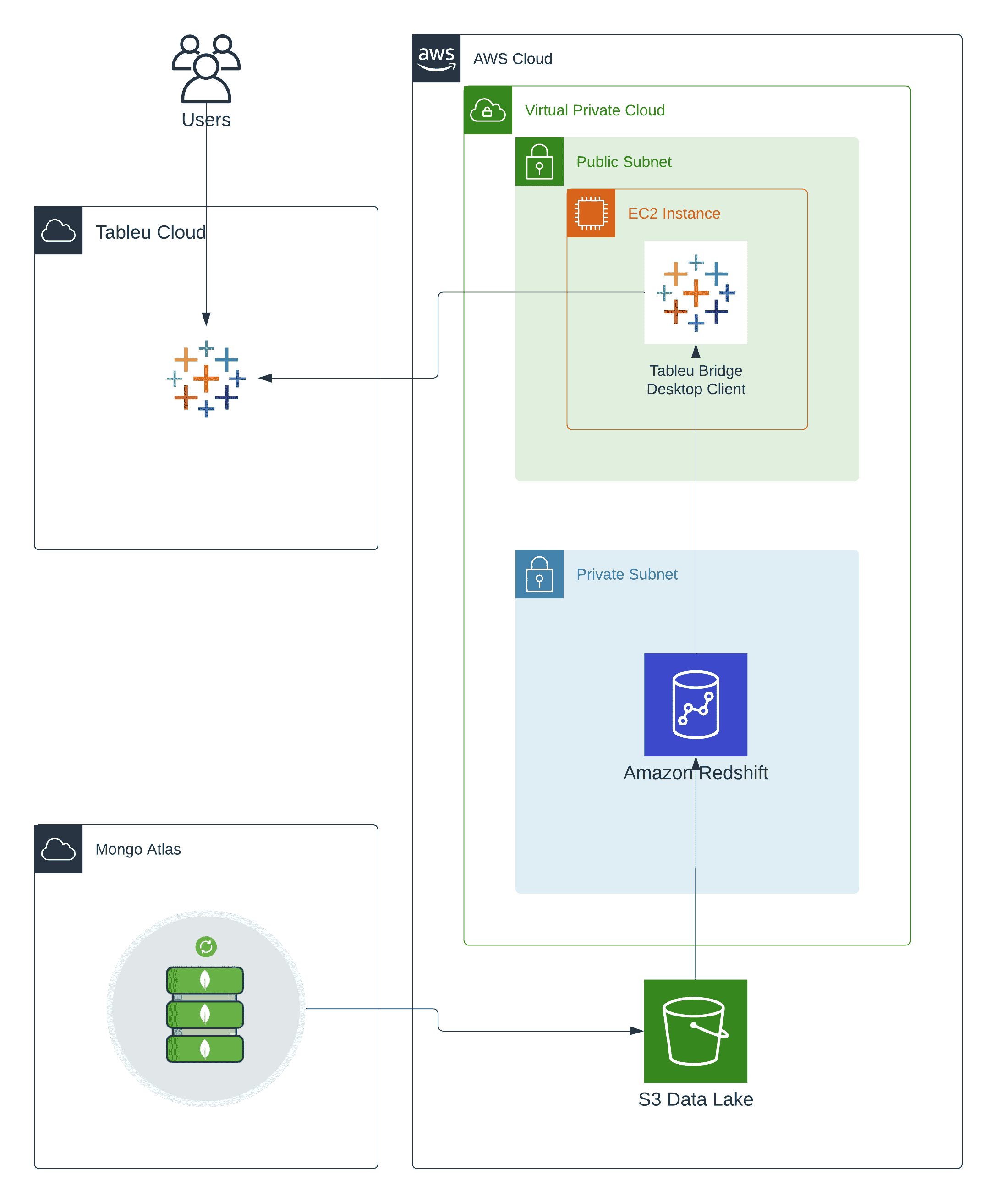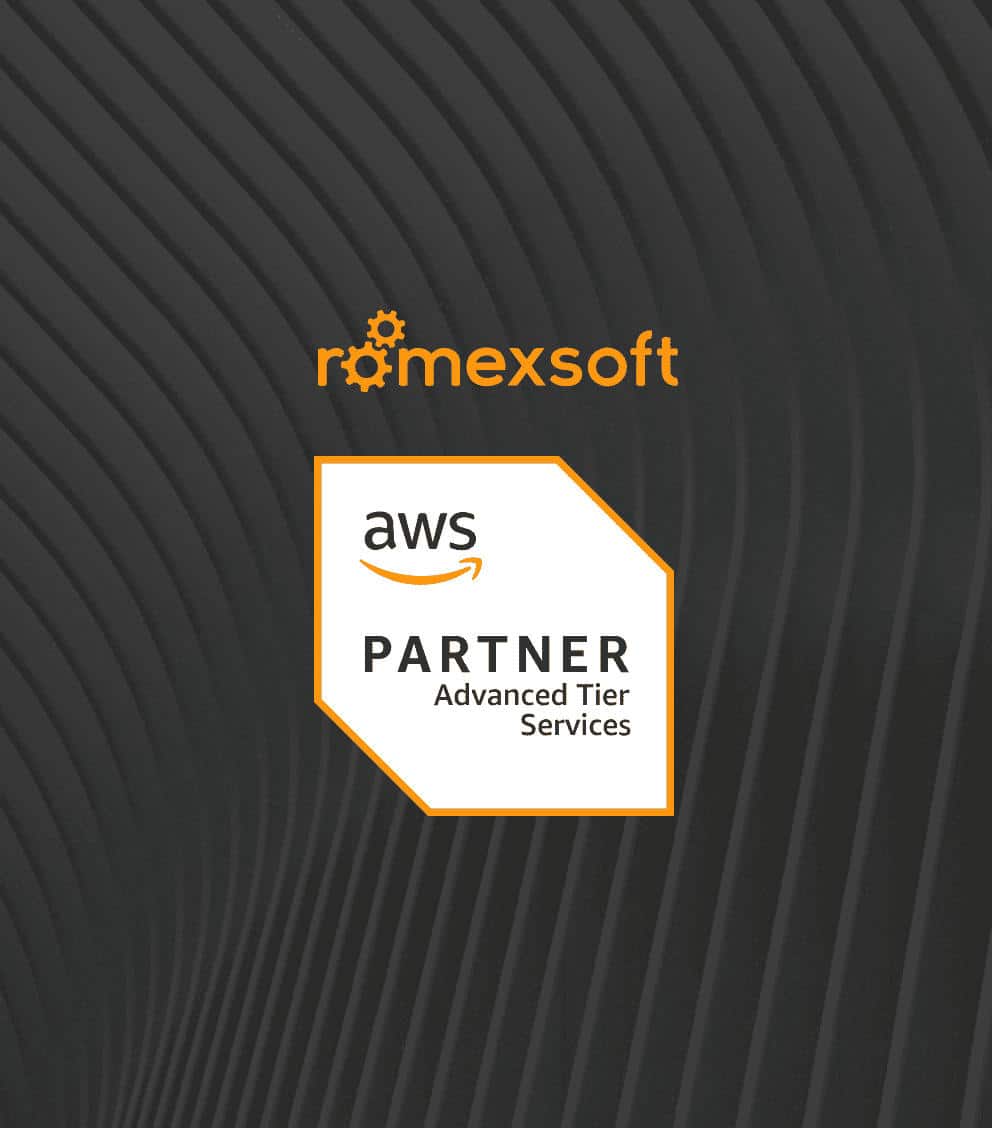Building a Data Analytics Platform with AWS Redshift with Tableau Integration
Explore how we implemented a data analytics solution on AWS and established integration with an external data analytics platform.

Our Customer
UK Medical Marketplace
Healthera operates a leading UK healthcare marketplace that provides patients with medicines, healthcare services and products through the largest digital platform of pharmacies and GPs, including national chains and independent providers. The company cooperates with over 1000 pharmacies and GPs and services more than 100,000 patients on a daily basis. Company’s objective is to transform the way healthcare is provided in the UK, from prescriptions to personalized clinical services.
The Challenge
Developing Growth-ready Analytics Platform
As the business is constantly extending, the client has a rapidly growing demand for a customized, flexible, and easy-to-use data analytics solution. The solution is going to provide and sustain data driven decision making across the client’s company as well as ensure analytics availability and proficiency. The data-driven influence on decision making processes is aimed to improve the end-user experience on the marketplace and increase customers’ engagement.
Healthera needed a data analytics software that among other things unequivocally had to match the following requirements:
- be built around scalable and highly-available data warehouse
- be integrated with Tableau Cloud (cloud data analytics platform)
The Solution
Data Analytics Solution on AWS Using Redshift and S3
To accomplish these requirements and develop the solution according to the client’s needs, we came up with the following strategic decisions to implement in the project:
Using of AWS Redshift as the platform’s foundational data warehouse
Redshift is particularly designed and optimized to store and access much larger data sets than traditional write-optimized data bases. This can be up to 128 TB per node, potentially reaching petabytes of data in a cluster. Therefore, Redshift is much more efficient at loading large volumes of data less frequently.
To ensure Tableau integration we launched Windows based EC2 instances in a public subnet with Tableau Bridge desktop client. Data is uploaded into S3 bucket in JSON format from external MongoDB Atlas service. S3 bucket is used as a datasource for Redshift.
Adopting IaC (infrastructure as a code) approach to:
- automate AWS resource management
- speed up and automate cloud provisioning
- reuse code blocks in multiple infrastructures
Cloud infrastructure for this solution is launched on Terraform – an infrastructure as code tool that allows to create, update, and version Amazon Web Services infrastructure. The main reason for using IaC approach is to ensure consistent infrastructure as well as the ability to replicate it in multiple client’s environments (Dev, Stagging (UAT), Production).
AWS Data Analytics Architecture Diagram with Amazon Redshift and Tableau Cloud

The Results
Scalable Data Warehouse
Key deliverables:
- ensuring data-driven decision making for the client’s organization based on the advanced understanding of their customers behavior
- ability to explore unobvious dependencies via data visualization in the solution
- increased revenue due to precise data analysis on customer behavior and unveiling unobvious dependencies via data visualization in the solution
- improved business relationships due to understanding of the company’s performance and the analysis on how the performance can be improved
- easy to run & scalable solution for data processing and analytics without the need to set up and manage data warehouse infrastructure
- strong security compliance for the sensitive data: the comprehensive security capabilities of the solution’s database is able to satisfy the high demanding requirements of the industry and provide the needed level of data protection
Why Romexsoft
Managed AWS Data Analytics and Warehouse Solution Provider
Romexsoft specializes in architecting and managing AWS-based data warehouse and analytics environments that ensure scalability, automation, and compliance. Clients gain dependable, high-performing analytics platforms that enable faster decision-making and long-term operational stability.
Organizations choose us because we:
- Enhance data accessibility and reporting performance through Redshift–Tableau integration.
- Implemente infrastructure automation with Terraform for repeatable multi-environment deployments.
- Ensure data security and compliance using IAM, VPC isolation, and encryption standards.
- Provide proactive monitoring and managed support for uninterrupted analytics operations.
- Designe scalable data architectures aligned with AWS Well-Architected Framework best practices.
AWS Data Analytics and Warehouse FAQ
Integrating Redshift with Tableau enables real-time access to centralized data, allowing users to run complex queries and visualize results quickly. This setup reduces data lag, improves reporting speed, and helps uncover insights through interactive dashboards.
Data security and compliance are maintained through AWS Identity and Access Management (IAM), VPC isolation, encryption at rest and in transit, and regular monitoring. These measures ensure controlled access, data protection, and adherence to industry compliance standards.
Businesses typically see faster report generation, smoother handling of large data volumes, and reduced maintenance effort. Amazon Redshift also improves scalability and query performance, helping teams make data-driven decisions more efficiently.
Yes. The entire architecture is automated with Terraform, allowing it to be easily replicated across development, staging, and production environments or adapted for other clients with similar AWS setups.


